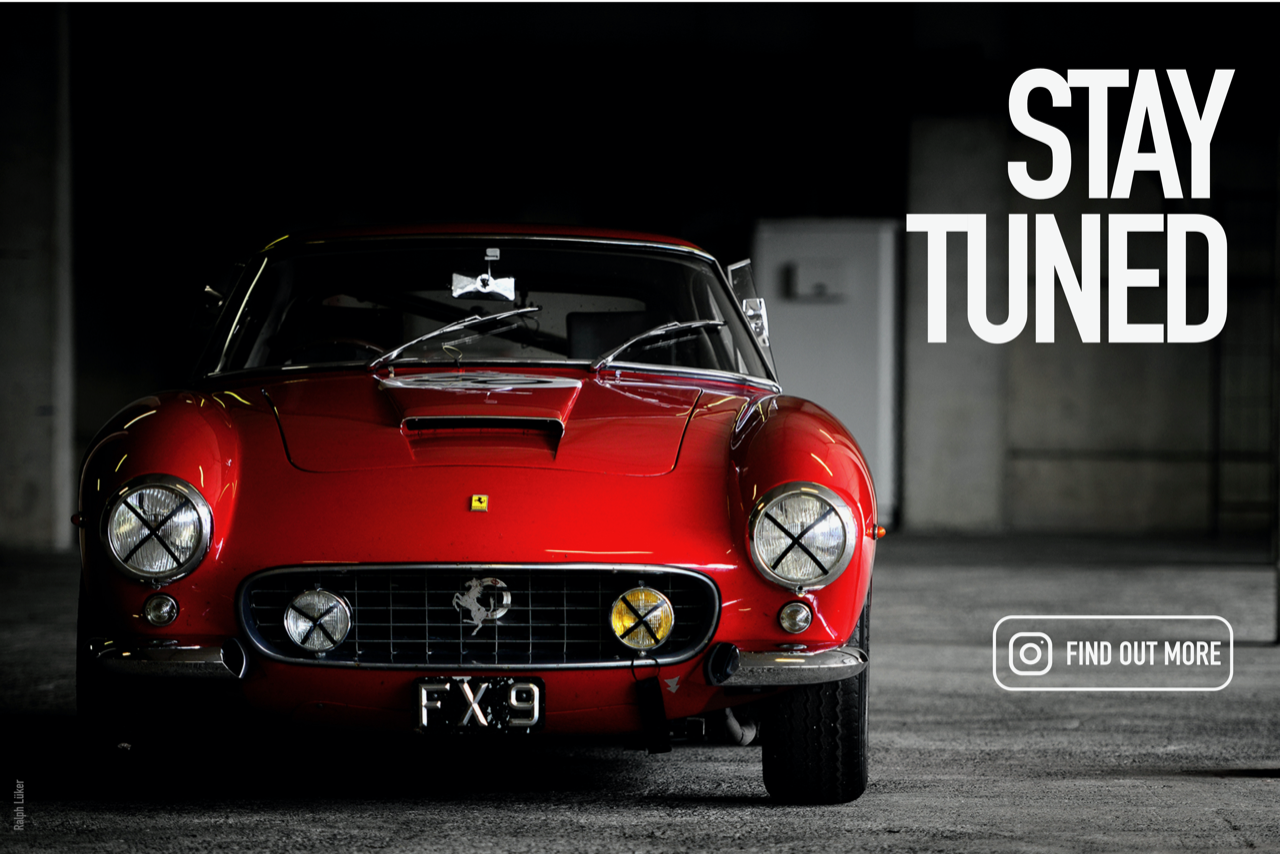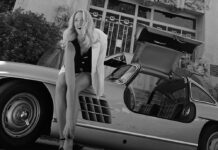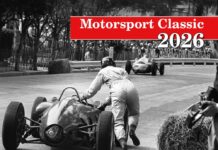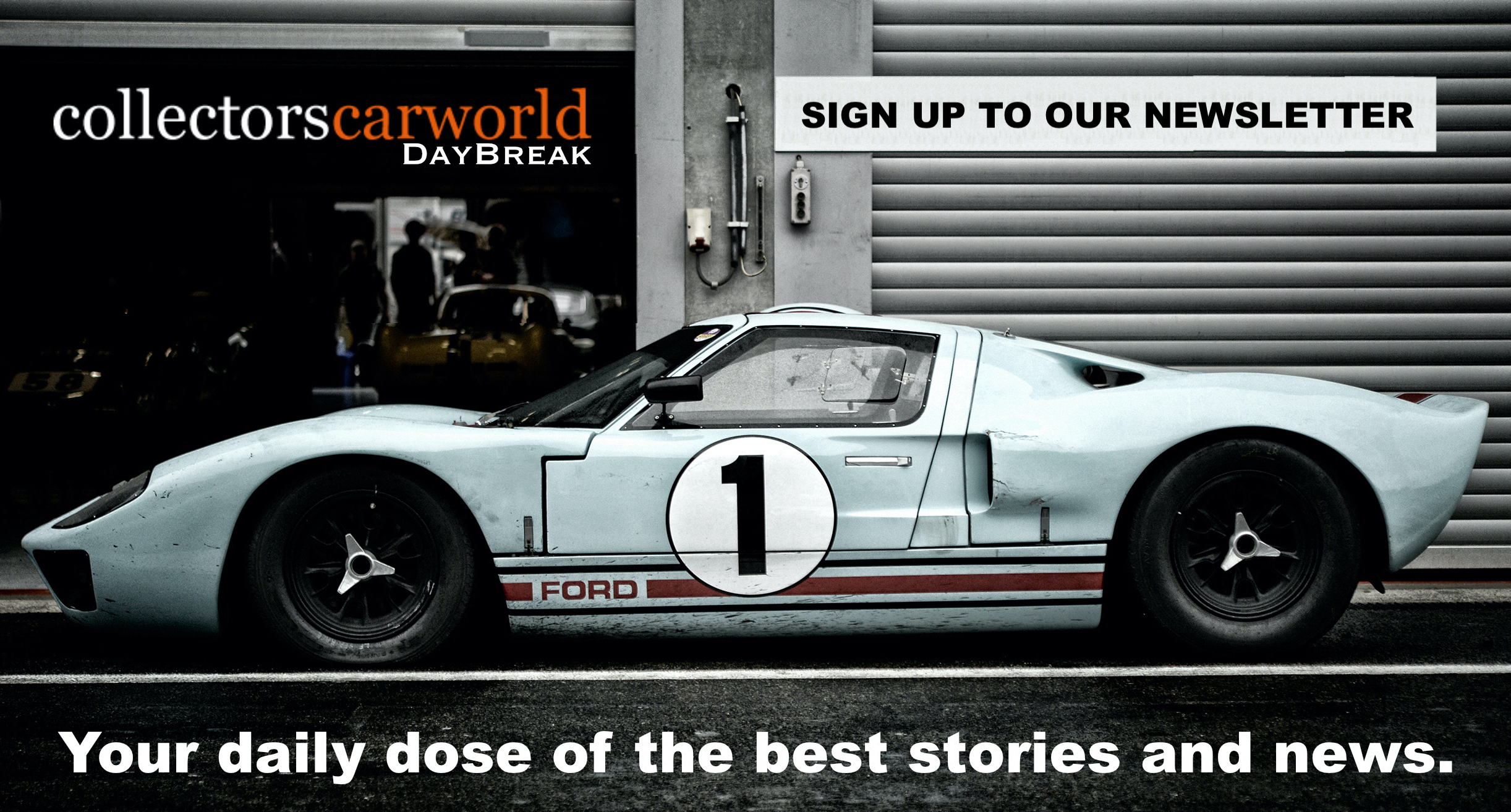Why is the 911 so well suited to California, and how do you define the Porsche lifestyle anyway? We asked Frank Rocholl, creative director and founder of Mirage magazine.
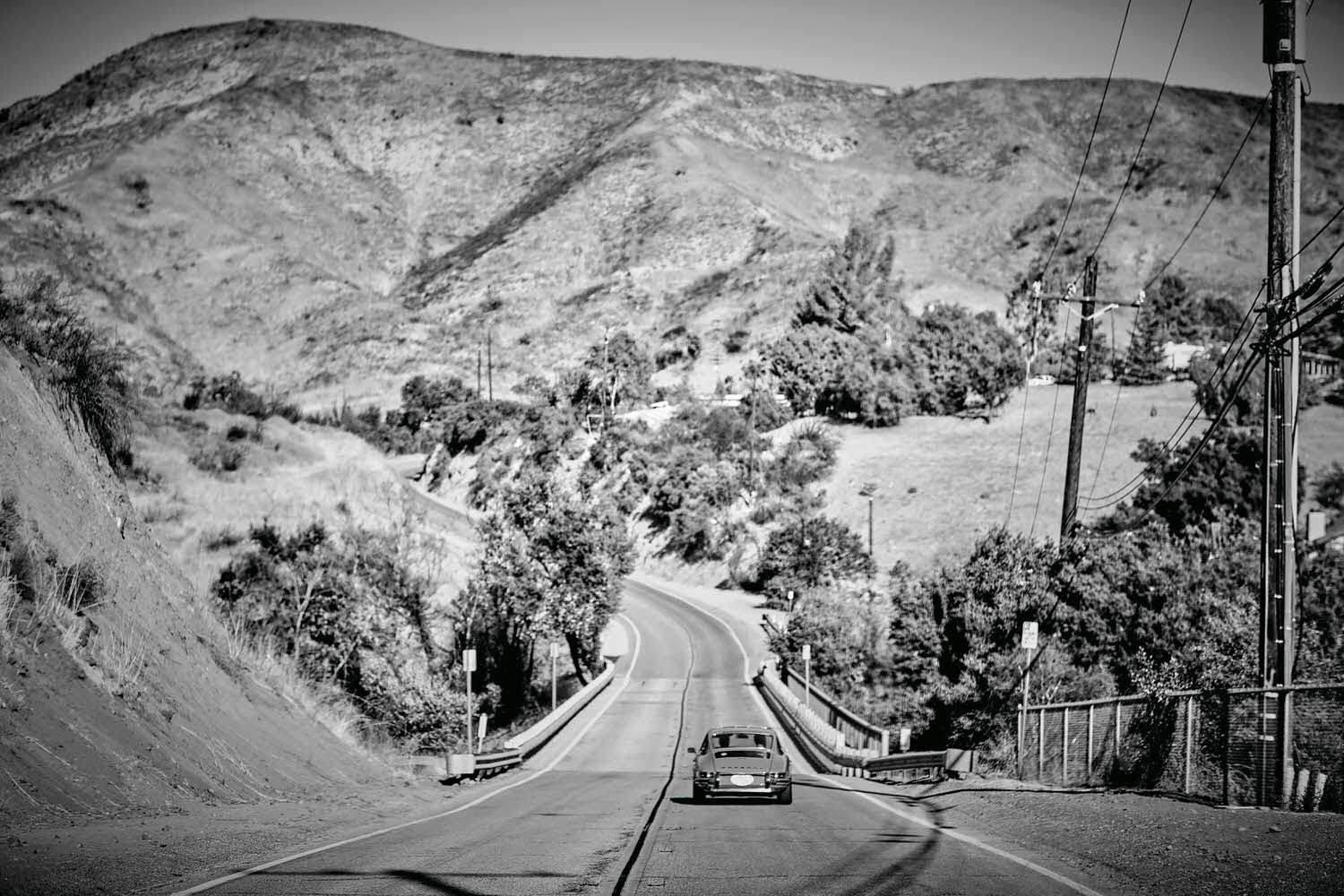
We also talked about his new book – and the challenge of preaching your life motto to others without forgetting to live by it yourself.
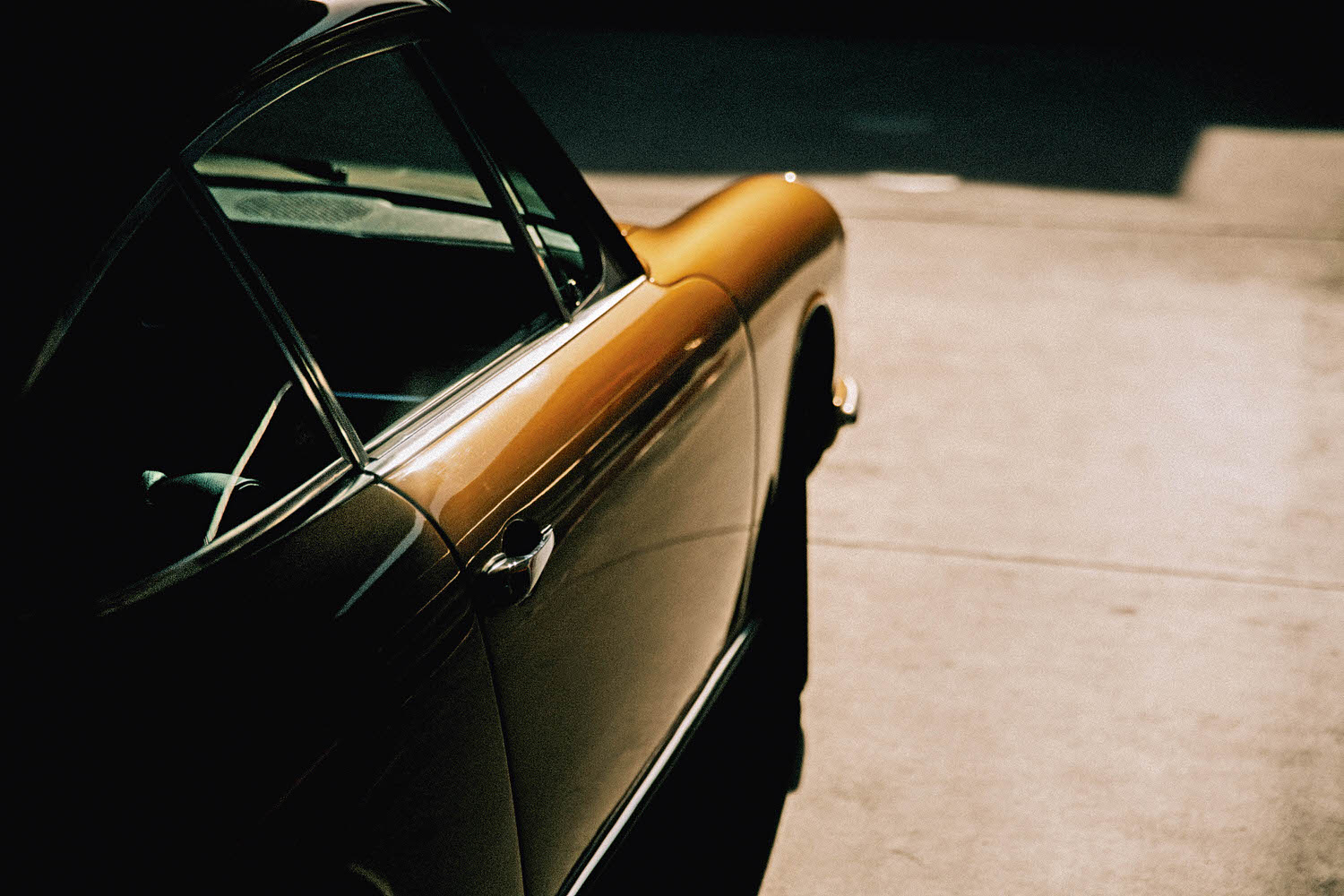
Mr. Rocholl, after all these years as a creative professional, what have you learned about design?
When design is produced by informed creatives working to the highest standards, it has the power to create new, attractive worlds with pinpoint accuracy. The trick is to avoid clichés. Unfortunately, we see a lot of repetition these days.
You are the editor, curator and author of Under the Sun. What is the book about?
The book gives readers a chance to immerse themselves in the American West and its promise of adventure from behind the wheel of a 911: endless landscapes, mid-century architecture, 24-hour diners, the surf scene and the world of Porsche customization. It evokes a sense of freedom and self-determination. You can sum it up in a simple formula: dream Porsche, dream woman, dream bungalow.
How did you come up with the idea?
That was about two years ago in a typical coffee shop situation in Silver Lake, Los Angeles. A red, completely sun-bleached 1970s Targa was parked outside the café. The seats were held together with duct tape and a peace sign sticker adorned the rear. Suddenly, a Margot Robbie-esque beauty wearing large sunglasses emerged from a neighboring house, jumped into the car and drove off. For me, that moment perfectly embodied California’s sexy, easy-living lifestyle.
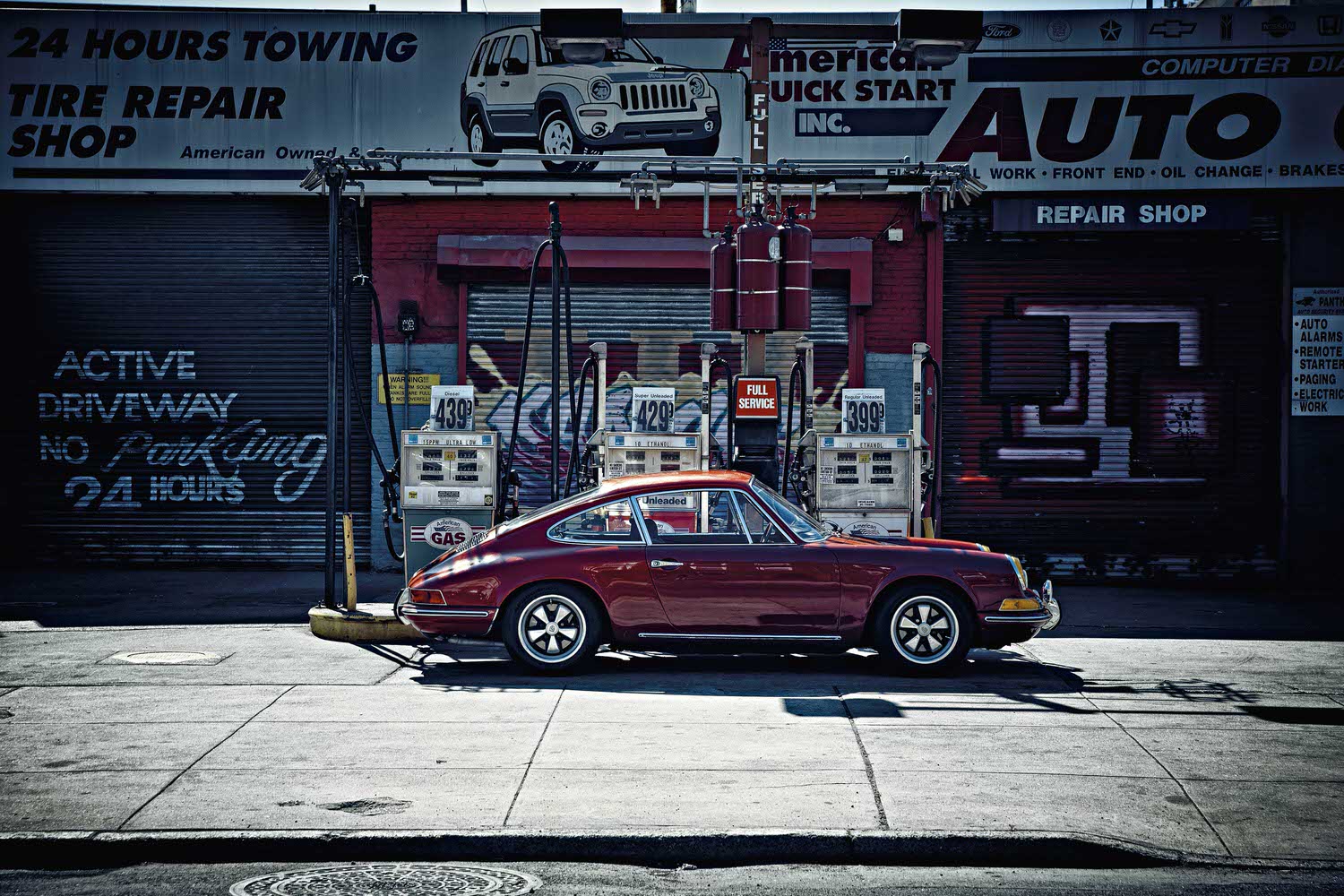
Why are Porsche and California such a good match?
I think Hollywood has a lot to do with it. In the movies, 911s are often driven by cool mavericks or brooding loners, from Hank Moody in Californication to Steve McQueen in Le Mans. And by women too, of course, most recently Jennifer Connelly in the final scene of Top Gun: Maverick. The unmistakable silhouette and legendary aura of the old 911s have something inherently inviting, unpretentious and extremely individual about them. A Jaguar E-Type or an old Mercedes just don’t have that same vibe. A lot of creatives drive 911s as well, so there’s just so much more good image material available than for other brands.
How would you describe the Porsche way of life?
The slogan “Driven by Dreams” pretty much sums it up. We have all experienced that one moment when a dream is born in our heads. In my case, I was standing at a gas station. A blue Carrera with French license plates pulled up and a good-looking Frenchman, tennis pro type, got out. An extremely attractive woman was sitting in the passenger seat. As they drove off, I heard the sound of the six-cylinder engine. At that moment, I began to dream.
How exactly does the Porsche way of life tie in with your dreams?
Porsche reflects my philosophy of searching for the perfect version of things. I spent years searching for the right watch and then found an IWC. It was like that as well with an analog Leica and my motorcycle, an orange 1973 Laverda. I haven’t thought about new watches, cameras or motorcycles ever since. I like it when things force me to use them mindfully and with care.
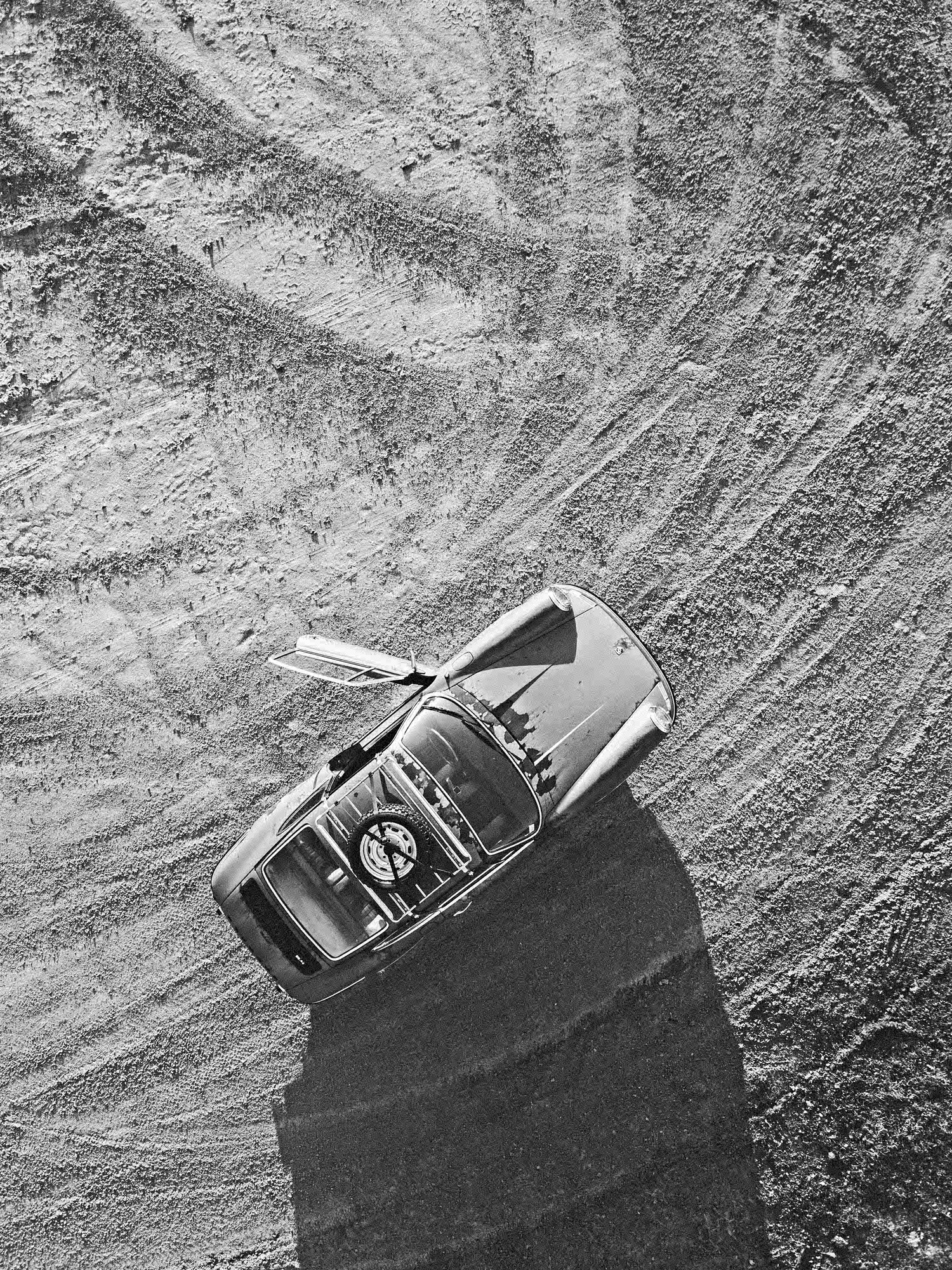
How long did it take you to select the photos for the book?
The book was literally layouted on the floor. We spread out about five hundred printed photos that were selected from a collection of around two thousand.
What was the biggest challenge for you?
To persuade a lot of very busy and accomplished photographers to go down into their basements and search through old hard drives from 2008 to find a specific image. Then there was the different mentality. If you push Americans too hard, you won’t get anywhere. You have to stay friendly, be encouraging and keep trying. In one case, it took four months to get a picture.
What makes Porsche such a cultural icon?
That has to do with the distinctive shape of the 365 and then the 911.
What role has Porsche played in popular culture?
I think Porsche could play an even bigger role in popular culture if it made more use of the codes and symbols of the luxury and pop worlds. Of course, that’s expensive, requires courage and involves things like flagship stores designed by star architects in large cities and event concepts that enable the brand’s integration into the worlds of art, music and film – as an initiator rather than a sponsor.
What is your favorite photo in the book?
The cover with model Meredith Mickelson as a roller skate girl with Walkman. It was the first image that came to mind when I had the idea.
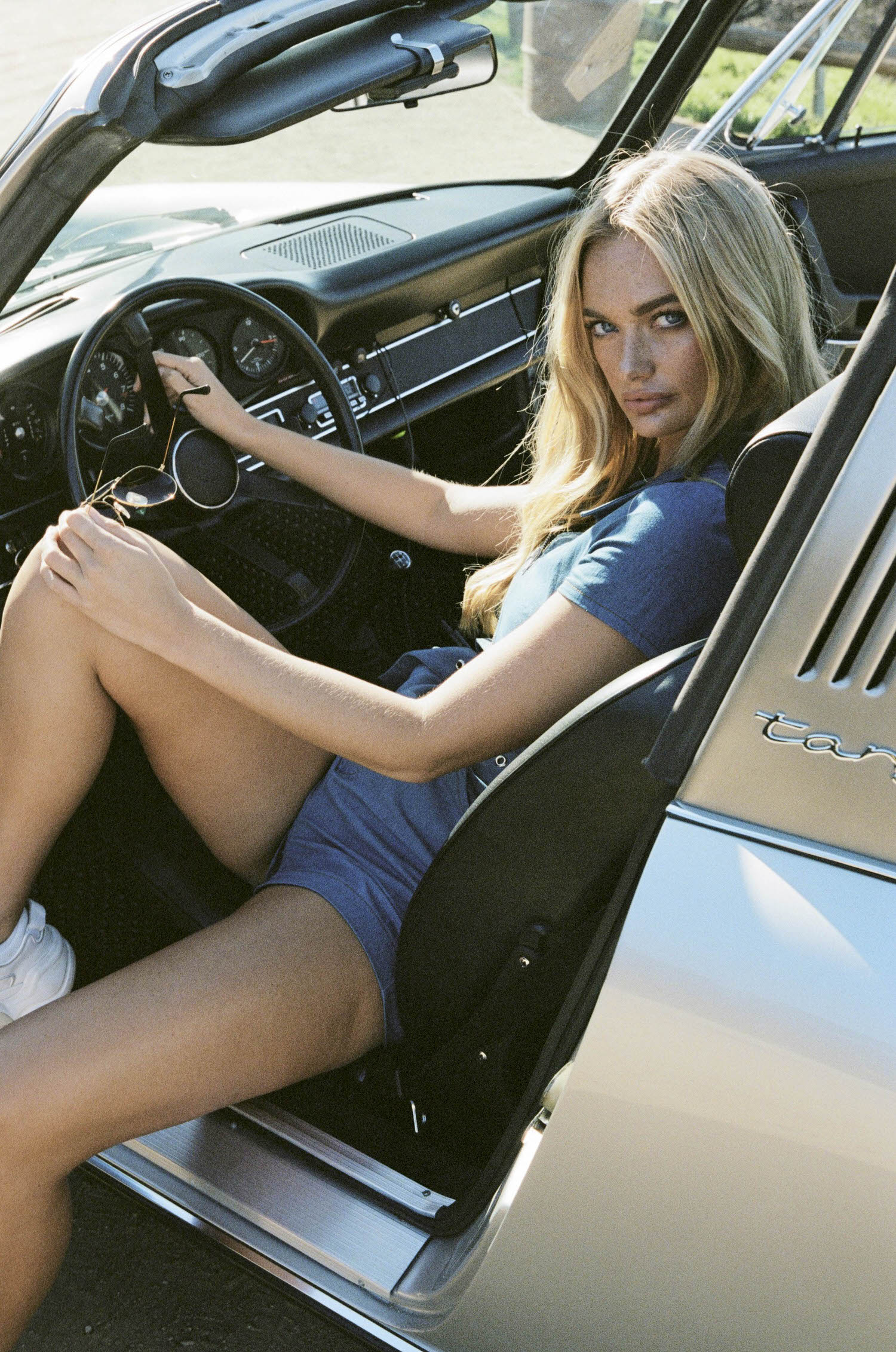
What role does the Porsche 911 play in your life?
When I turned thirty-five, I bought myself a black 993. That was a transformative experience. Three years later, I hit an icy patch on the autobahn. Game over. Through my engagement with the topic, I started driving a few 911s again last year, which I now see as a special experience – quite different to when it was my daily driver. A 911 really has a special soul. Time to buy one again.
“Buy a vintage car. Find a muse. Find a place in the sun. Not necessarily in this order.” You said that. What was the real order of things in your life?
In real life, I found a champagne-colored 1983 Mercedes 230 CE Coupe fifteen years ago, my muse six years ago – and I’m about to sign for my place in the sun. Overall, however, it took too long. A typical creative problem is that, unfortunately, you rarely get to live in the dream worlds that you spend all your time creating for others.
Which Porsche would you most like to drive through California?
The tangerine-colored F-model on page 108 of the book. The one with yellow headlights parked in a perfect carport.
And what is your favorite stretch of road there?
The Angeles Crest Highway north of L.A.
Interview by Michael Köckritz
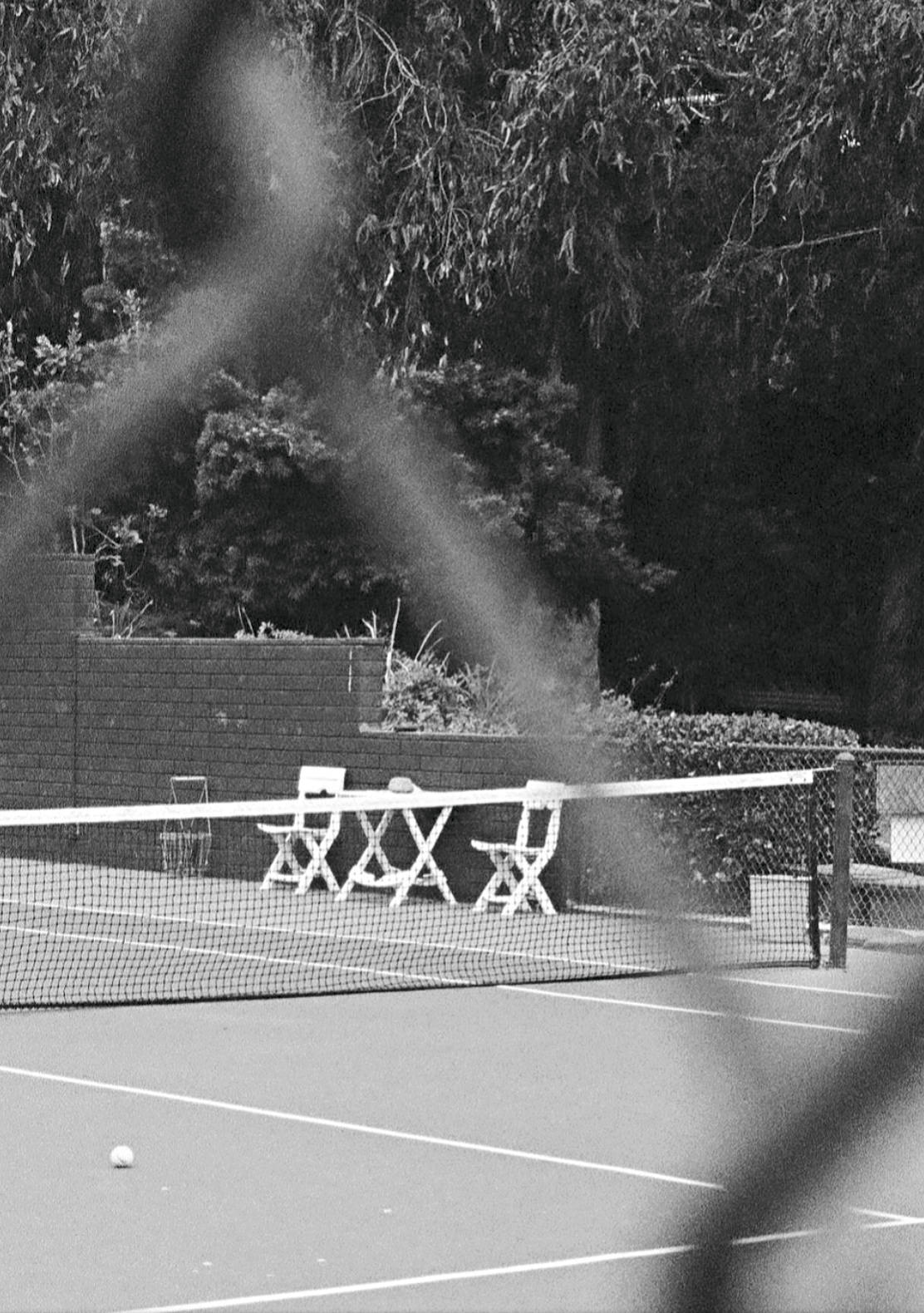
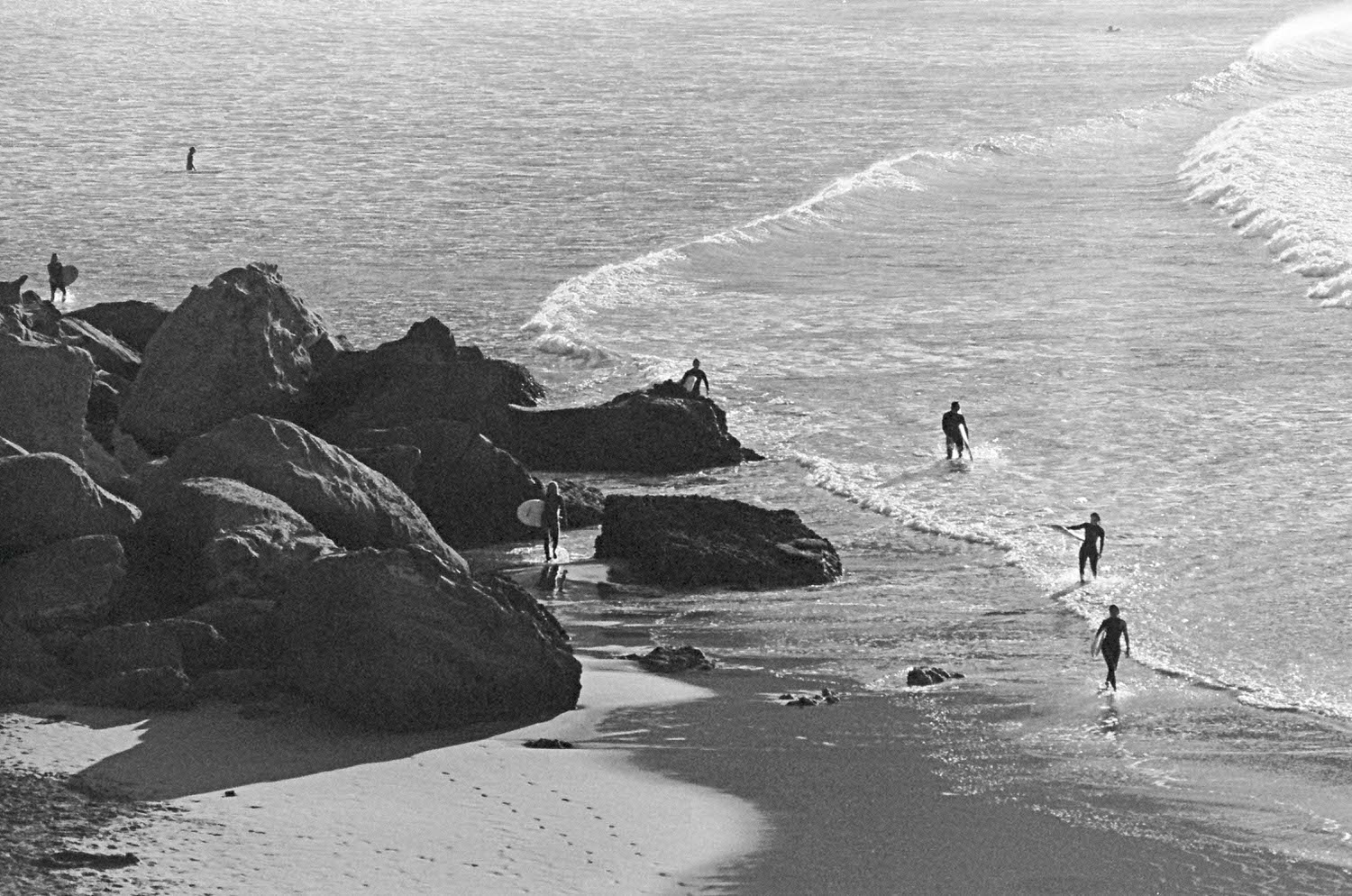
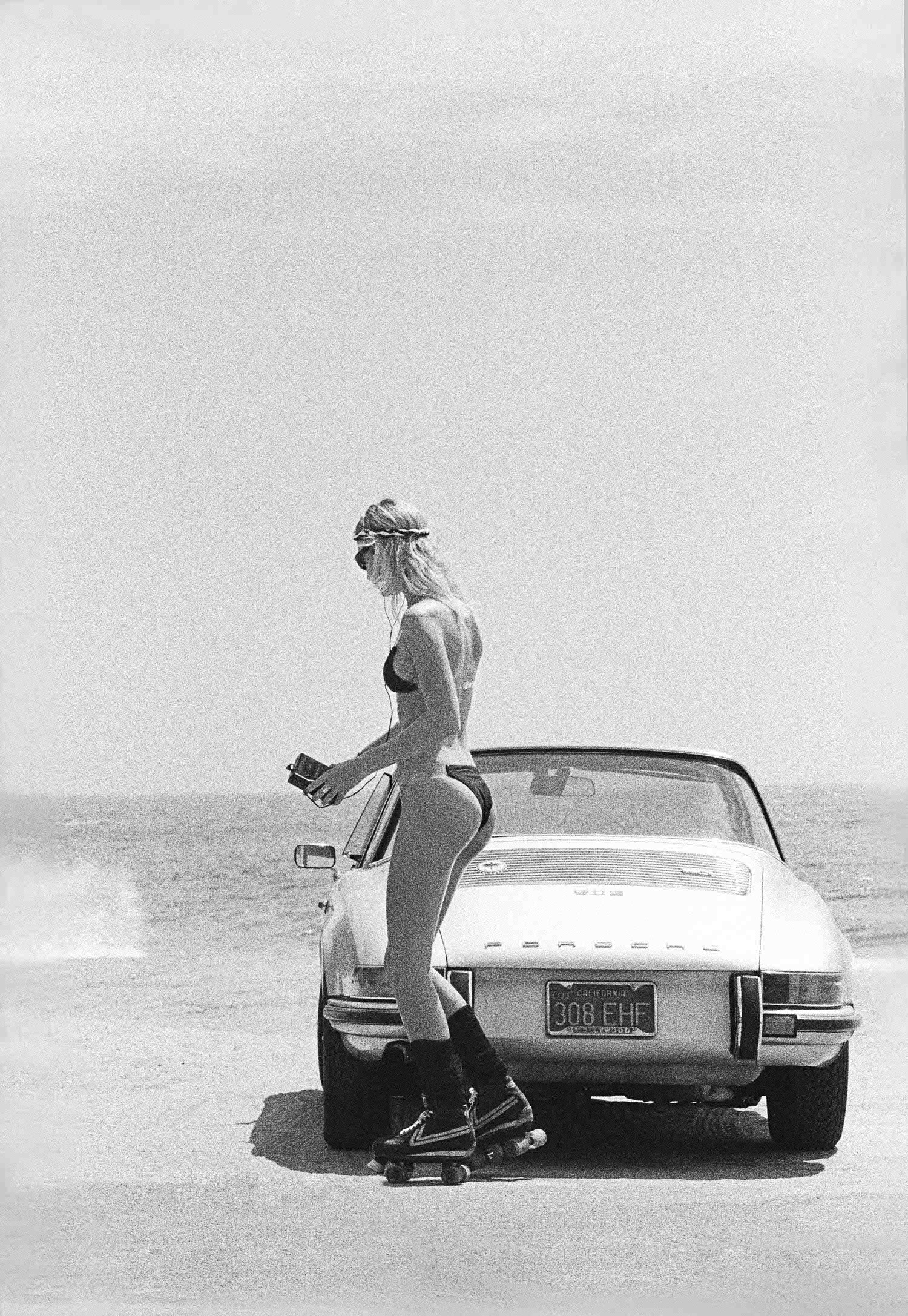
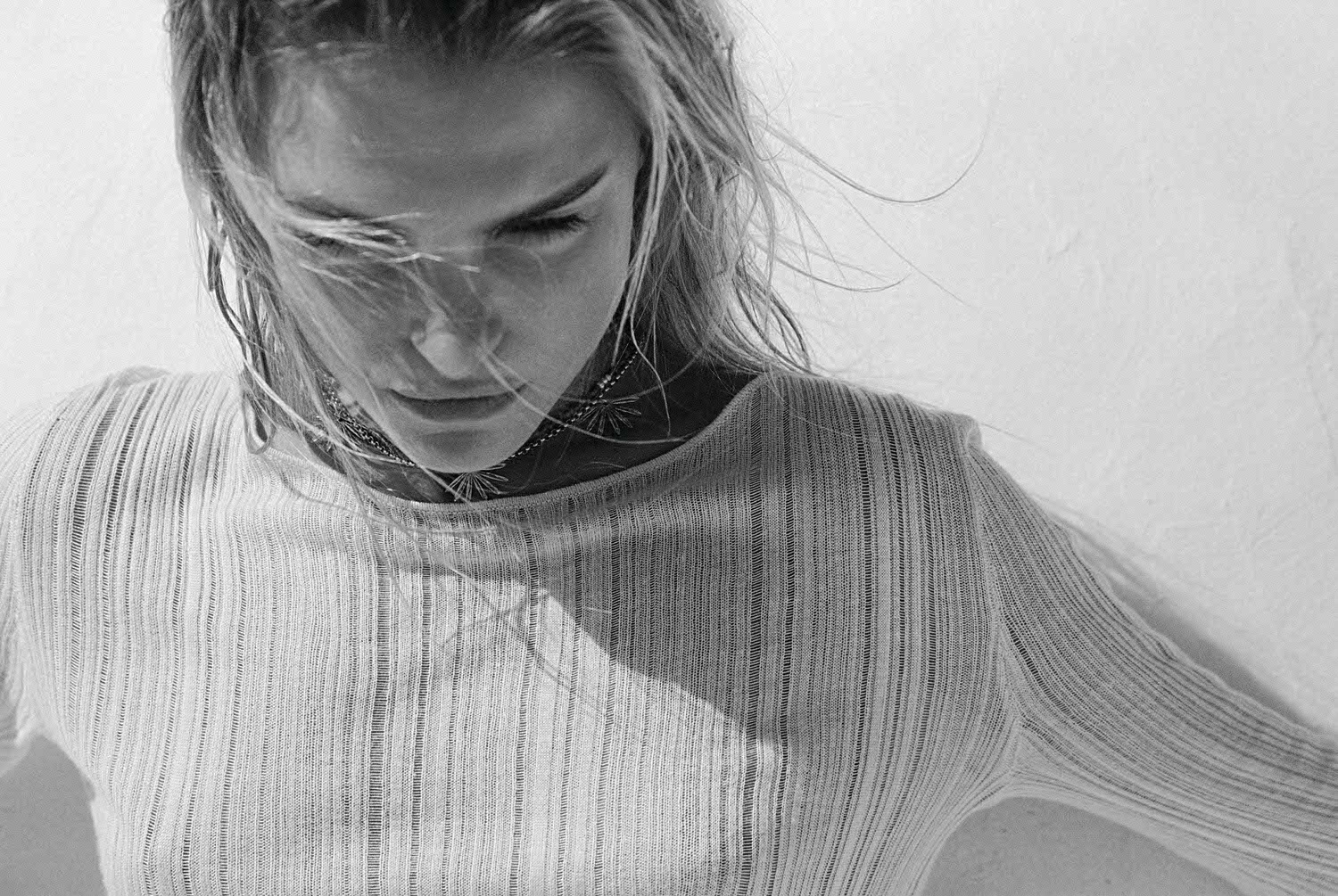
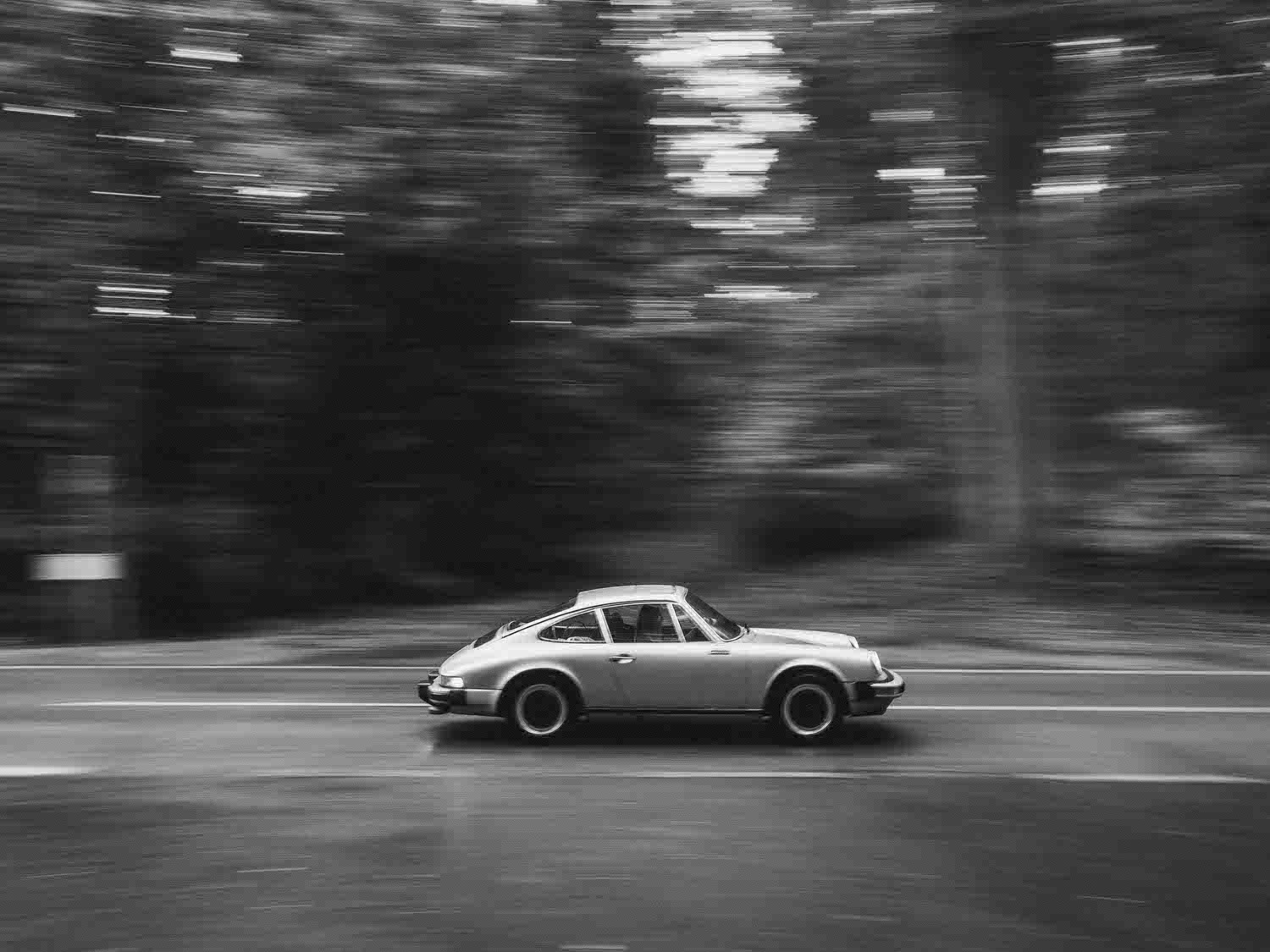
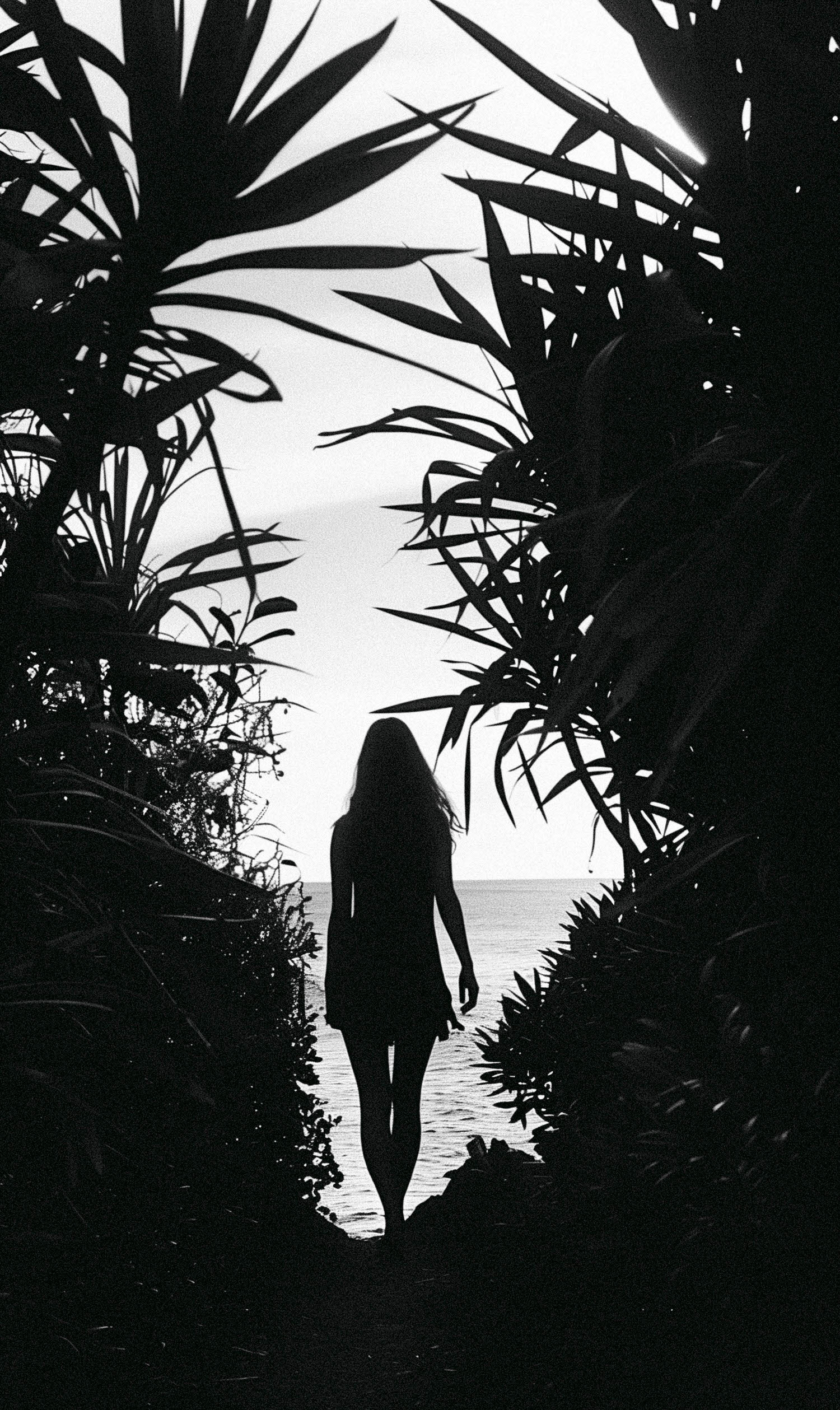
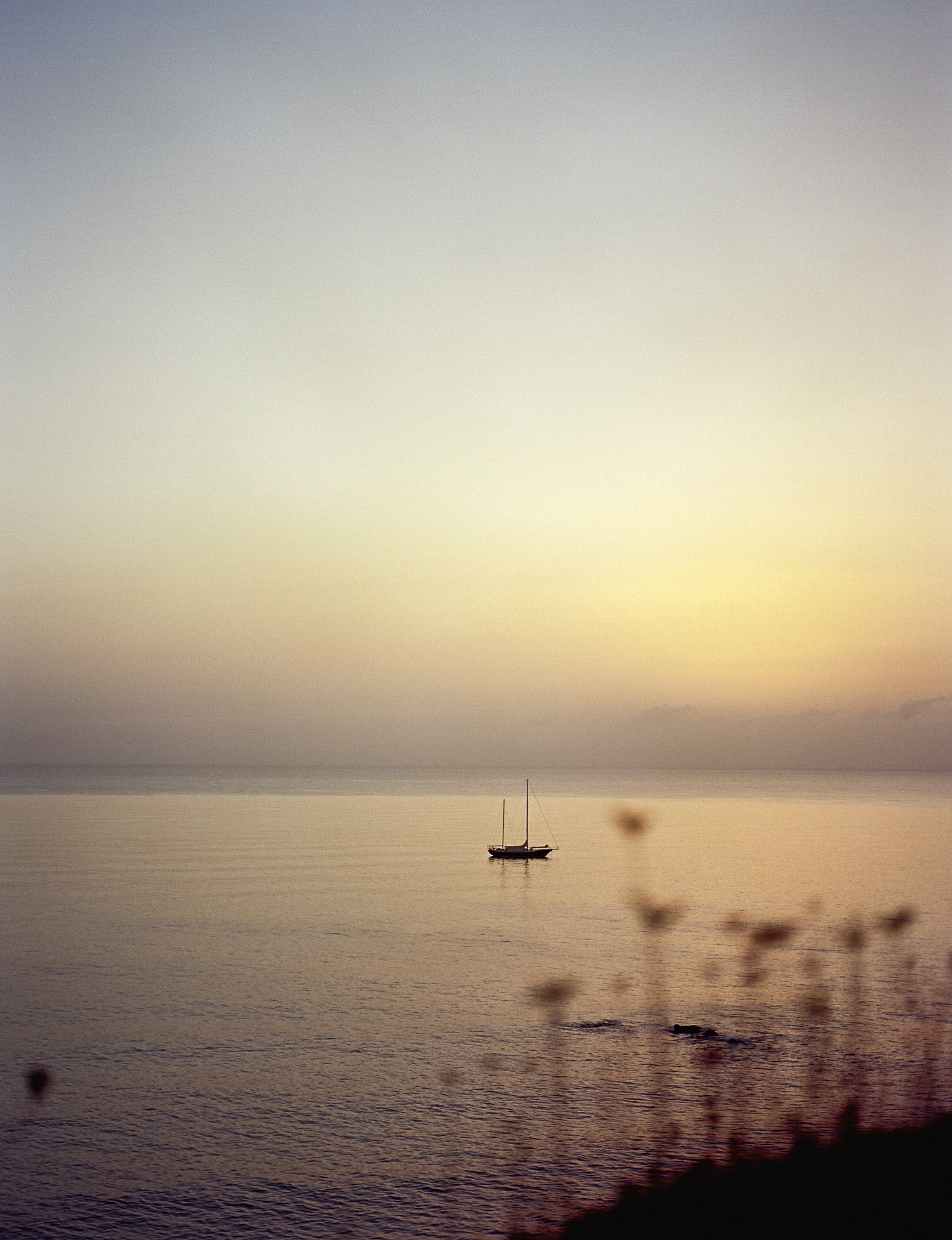
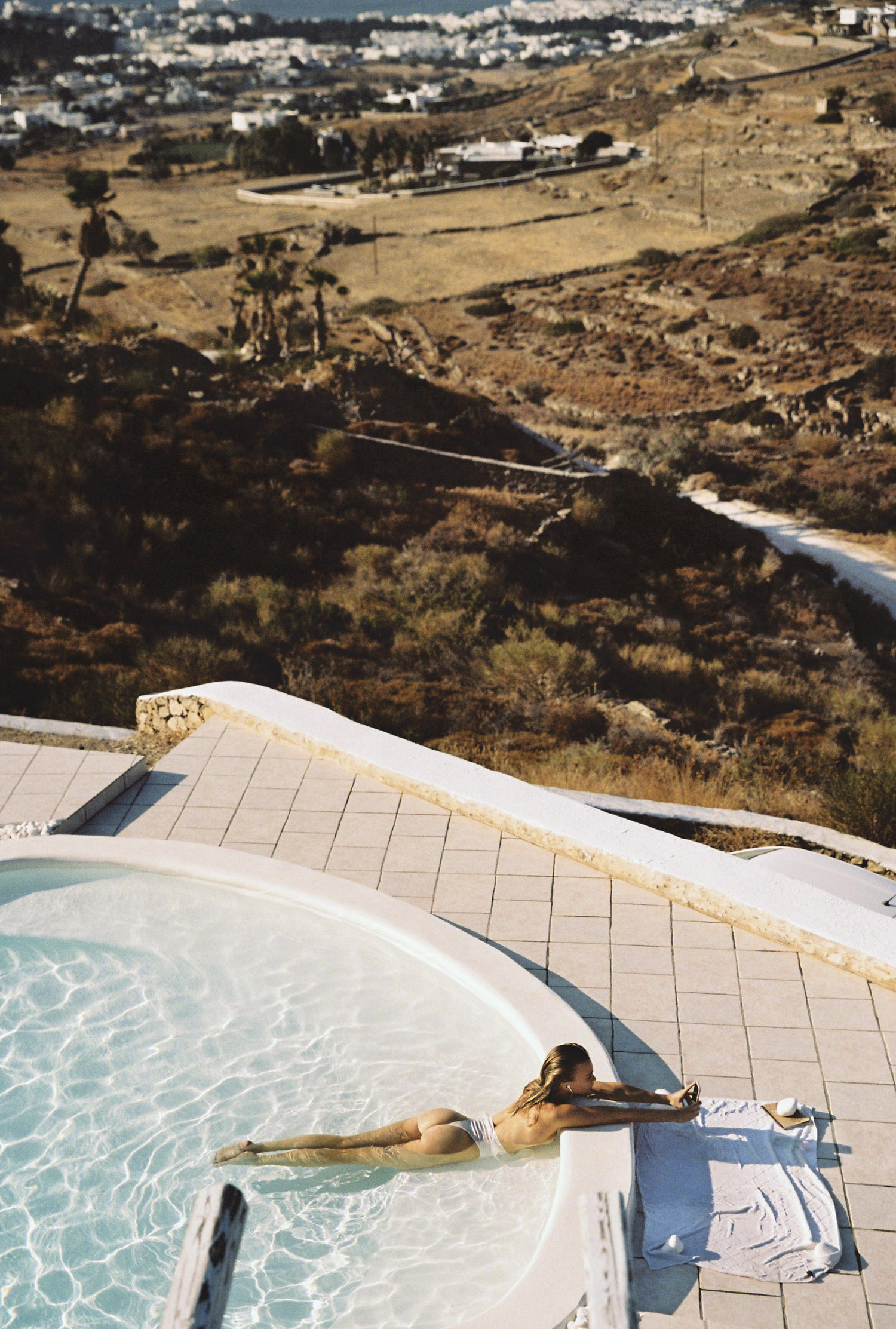
rampstyle #34 – On Any Sunday
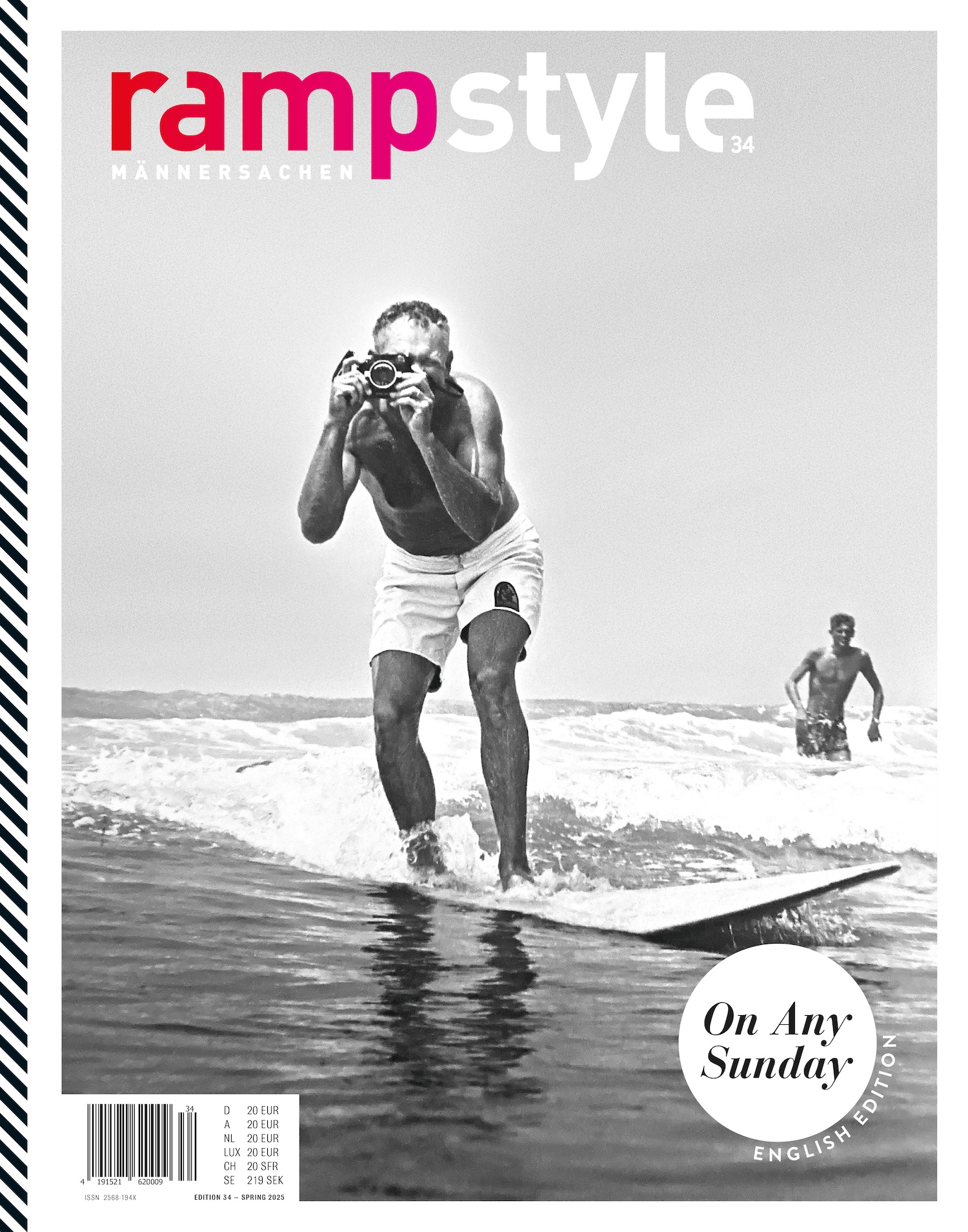
Steve McQueen just wanted to ride a motorcycle in Bruce Brown’s “On Any Sunday”. And that’s exactly what his 1971 classic movie is all about. “On Any Sunday” is more than just a movie – it reminds us that freedom is often just one turn away – and that sometimes all it takes is one thing: the courage to ride. Find out more

